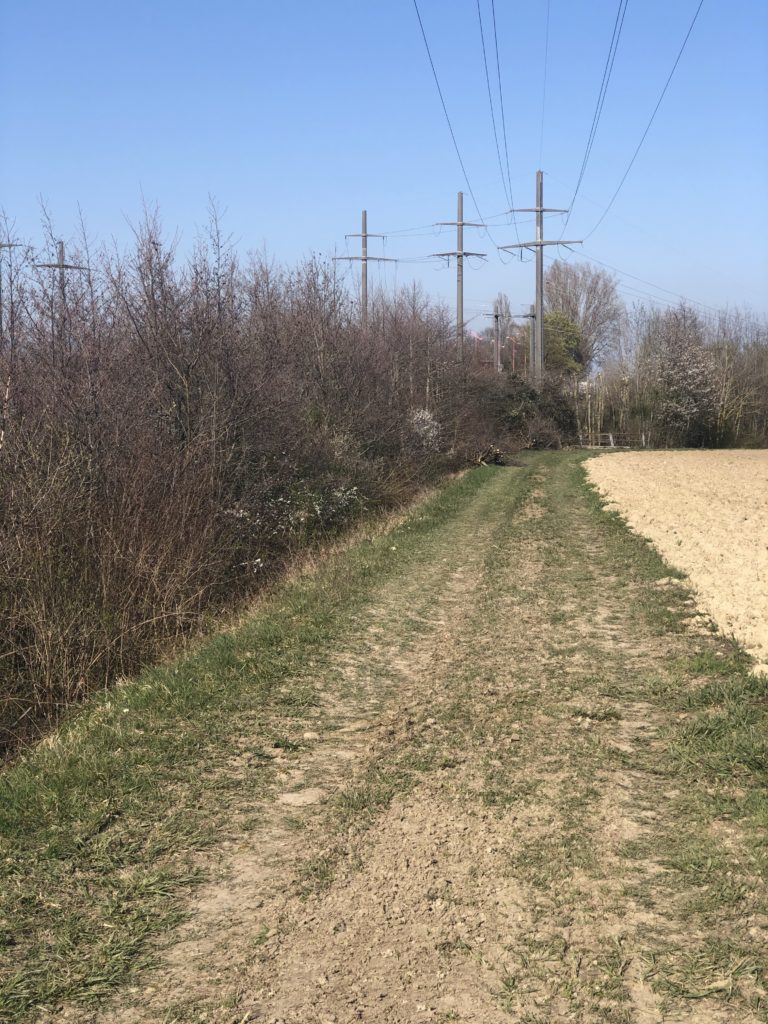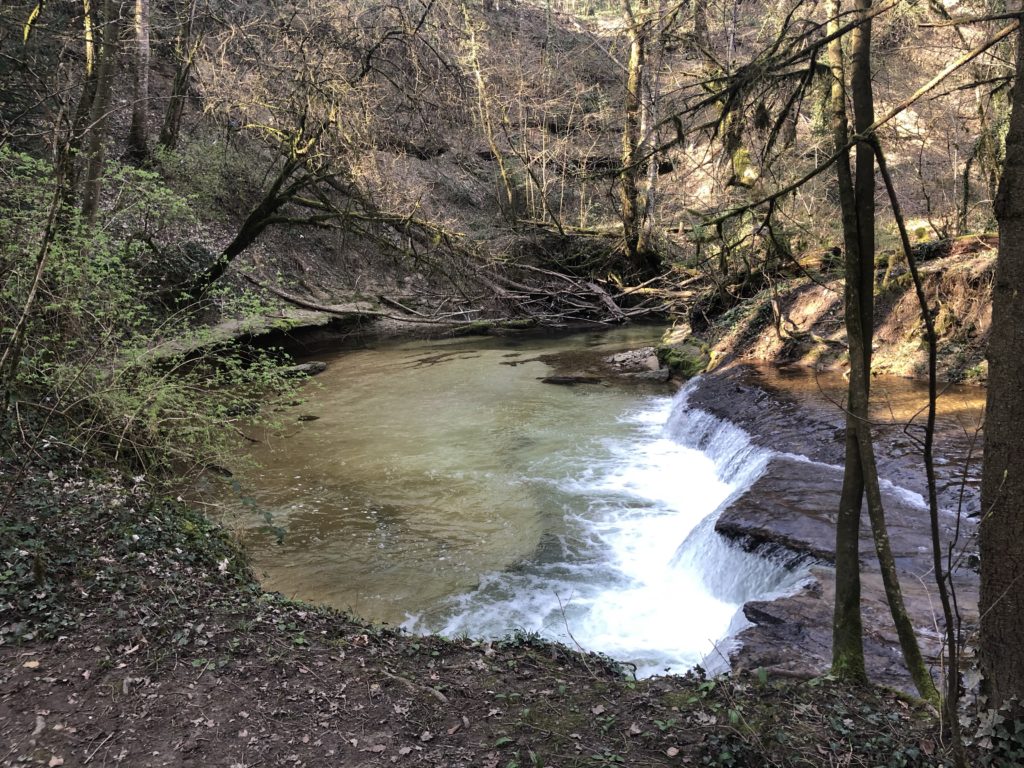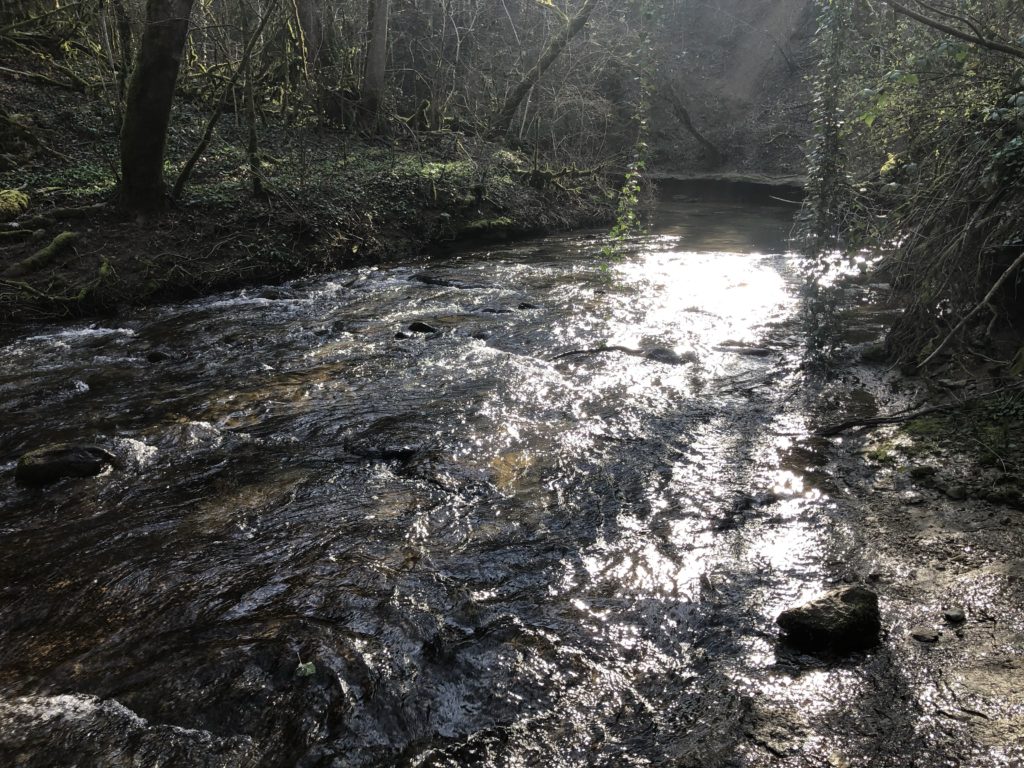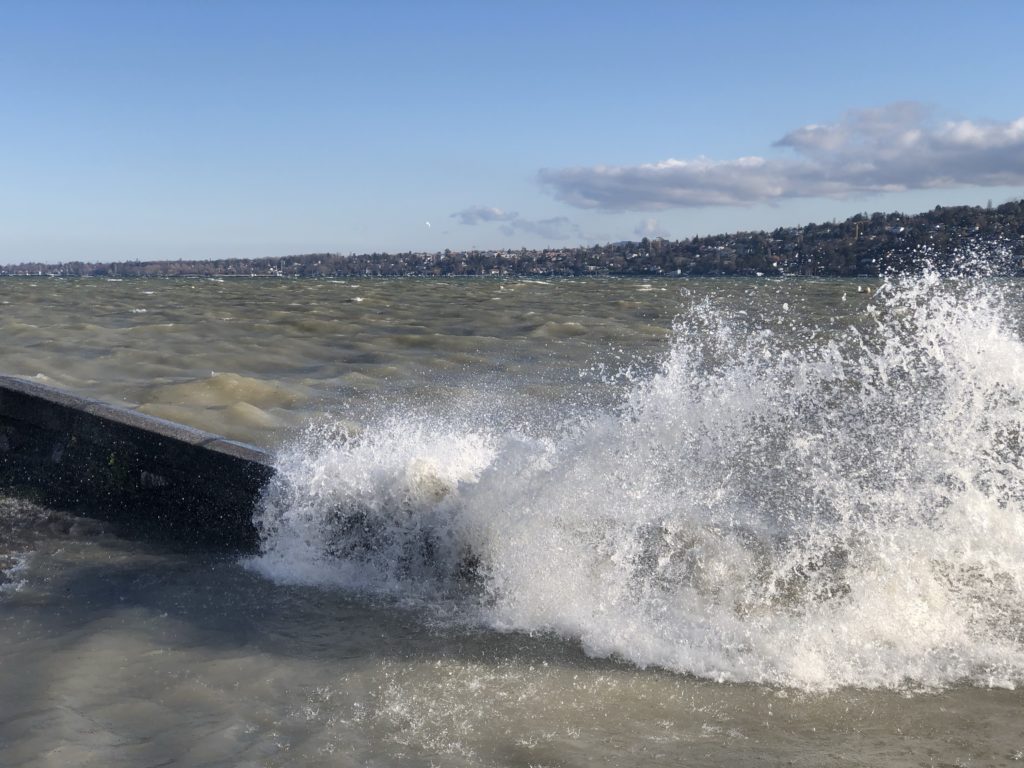Day ten of Orca in Switzerland – The New Normal
Today I’m getting to grips with the new normal. The new normal is queuing like people did before self-checkout and other technology. We also need to queue to get into shops and you either need to take a trolley or a shopping bag if you want to buy things. No more baskets as they are harder to disinfect and keep clean.
“Pardon me, miss, but you can’t use these trolleys, you need to use those trolleys. This is the column of trolleys that still need to be disinfected.” That’s the scene I saw when I went to the shops around lunchtime. That’s a mistake you only make once during a pandemic.
Normally I go to one shopping centre that I need to get to by scooter rather than by foot, to avoid food being out of the fridge for more than 15 minutes. As pandemic measures have been added I am now considering another shop that is smaller and with a smaller maze when getting into the shop for food.
There is a visible change in the streets and on the motorway. You see that traffic density is decreasing and that the number of people walking are lower. People are settling into a new routine, a new way of life, a new culture. Pandemics do force society to adapt to new cultural norms.
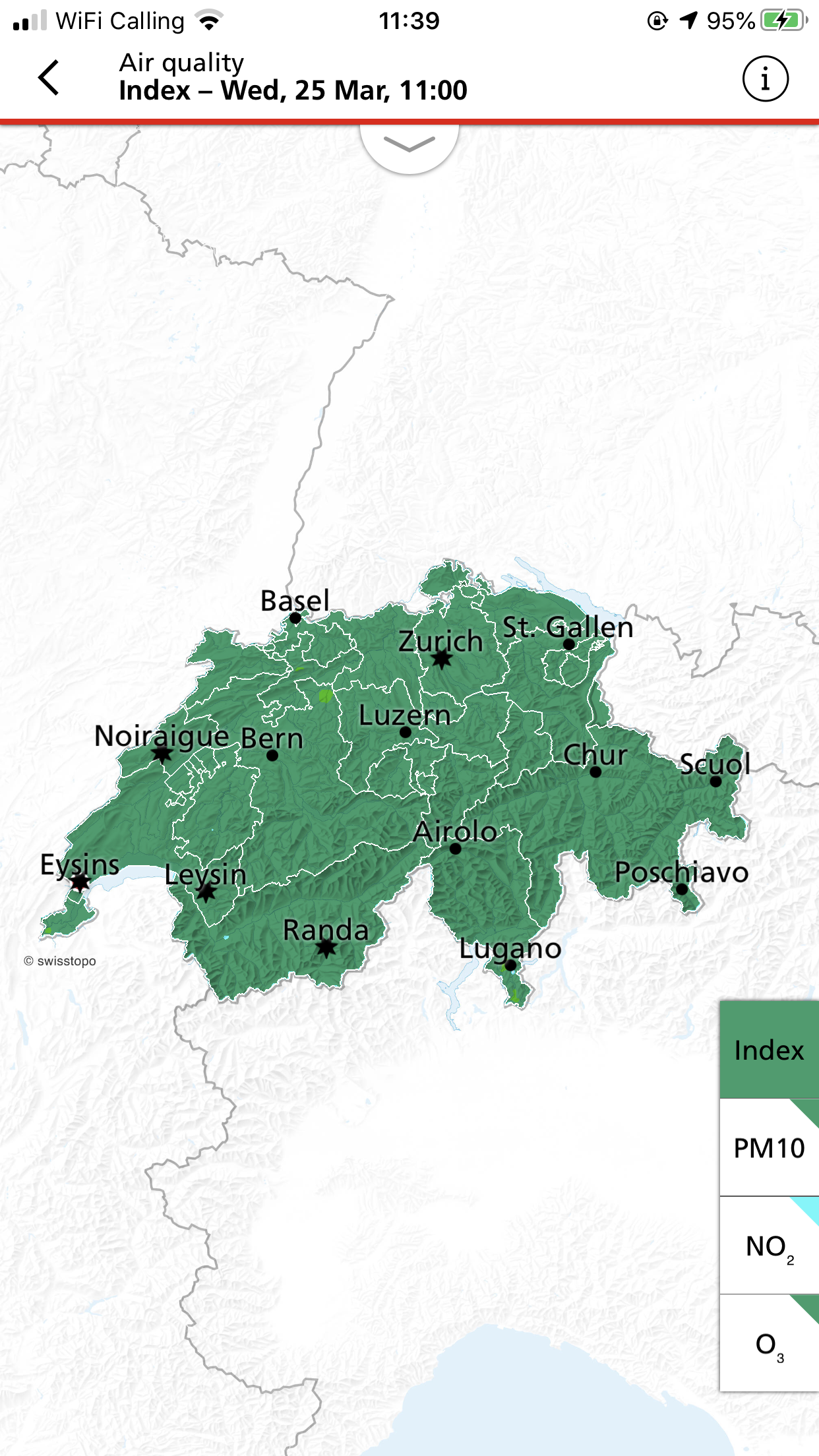
As you see from the Swiss weather app the level of air pollution has gone down as people go from a routine that required a car for almost everything to a routine that no longer requires the car. There is no need to commute to socialise and there is no need to commute for work. Train services have been reduced two or three times as demand declined, and then declined again.
We are going back to a “village” life. We are walking locally and people are discovering the routes that I have walked for two or three years by now. If Google or Strava show a heatmap of walking patterns I am sure that we would see that people are living within a six to ten kilometre radius of home, where leaving the house for walks in the sun is still allowed.
France, England and Spain are forcing people to stay home now, so life in those countries is going to shift in the next three or four days. There is a lag from the moment the restrictions are put in place and the moment when people have no opportunity to flout the rules.
Traffic did not decline in a single day. It took a few days. The motorbike groups that we saw during the first week have stopped and so have the columns of cars. Petrol stations now seem to be quiet. People are driving less, so refueling is less frequent.
I have walked 276km of the 298.8 kilometre walking challenge for this month and I’m tired. I’m happy that the goal is now just 3.1km a day. I can reach it by walking to the food shop, shopping and walking back. when the challenge is finished I will probably revert to using the indoor trainer.
At the start of quarantine, I thought that I would cycle a lot but advisories came out saying that people should avoid activities where they could be injured and I injured myself cycling last spring, so I’d rather avoid the same injury when there is a good chance that the wait in a hospital may be time-consuming.
I was wrong to think that this would be over quickly, and now that I see we are in it for a while I will adapt my goals accordingly. Things I thought I could get away with not doing will now be done. This includes looking for work again more than anything else. My other daily goals are going well. Writing a blog post is consistent, studying German is on day 197. My daily walk is still going and finally listening to podcasts in German is still going.
Quarantine is about developing habits and keeping to them, and then adding new goals as you go, so that despite life being strange (link to the game by that name unintentional) we continue moving forward. Who knows, we might even start to thrive.



